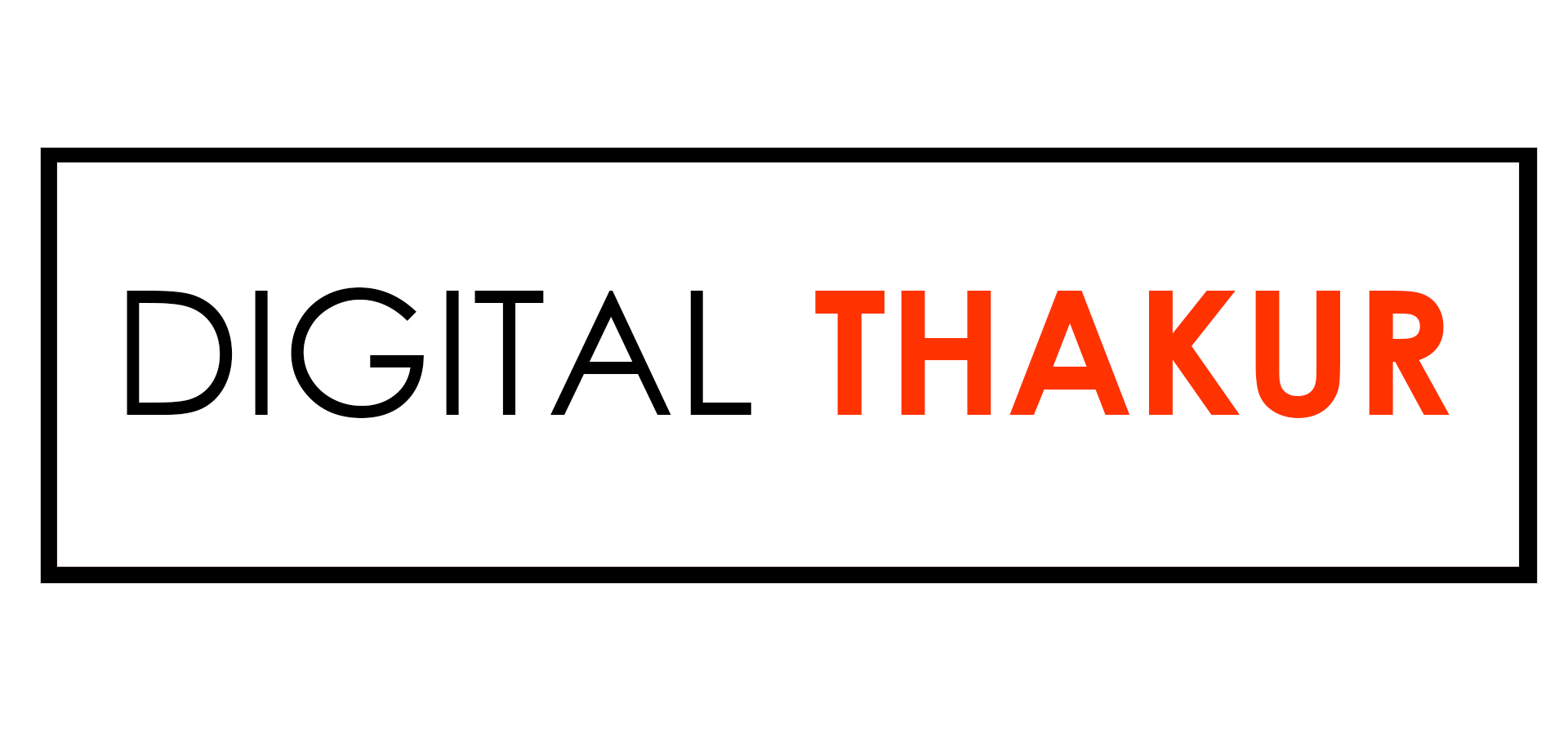
Marketing for IoT
Big data is a reality in our day. Numerous smart devices are found in most homes, ranging from speakers and telephones to cars and even entire houses. Our lives have become more accessible thanks to the Internet of Things, which has created a whole new world of marketing opportunities and consumer engagement strategies.
Ten years ago, business people and futurists gushed about the Internet of Things (IoT) possibilities.
Over 9 billion smart devices are currently in use worldwide. Why does this matter? The promise of the Internet of Things has not yet been fully realized.
Entrepreneurs and producers still have a tonne of space to grow in this sector. There will be a tonne more challenges to overcome. However, opportunities also come with challenges. Marketers must explore and seize new opportunities as the Internet of Things grows.
What is IoT?
Everywhere has Internet access, including the airport, local coffee shop, and even the gym. Electronics have become increasingly linked as a result of increased human connectivity.
The premise of the Internet of Things is that any object with an “on” or “off” switch might be connected to it. Your coffee maker, headphones, and even your washing machine fall within this category (more on that in a minute).
Why do customers desire many devices to communicate and capture information about their lives? The answer is simple to understand. All that matters is comfort. However, the need for convenience will alter the obligations of marketers.
The Internet of Things and Marketing
We can now get more information on the audiences we are targeting because of the growing number of IoT devices.
As we gather more information about our customers and their behavior, we may learn how to create better products and benefits to meet their needs. Since we can tailor marketing messages based on specific data, we can also advertise these goods and services more successfully.
Already, linked devices have changed how we make online purchases. We may ask Alexa to get more when we run out of coffee or laundry detergent.
Digital assistants and smart speakers now have relatively little direct marketing potential. It makes sense that savvy product designers would exercise caution. In a market with so many rivals, annoying and invasive marketing messages would almost indeed indicate the death of such products.
However, this field will undoubtedly provide many more opportunities shortly, so keep up with the most recent advancements.
The Internet of Things and Advertising
The potential for advertising provided by the Internet of Things has barely been explored.
To use the data they have in a non-intrusive way is a challenge for both marketers and advertising.
Your bright light bulbs, for instance, may be aware of what time you go to bed at dark, but if they start using this knowledge to advertise products for people with insomnia, you could feel as though they know a little too much about your lifestyle.
Advertising from today and tomorrow must tread carefully to maintain the balance. IoT-powered advertising would be relevant but not ominous in a perfect world.
IoT gadgets don’t only provide us with additional information about the individuals we’re advertising to. They can also provide a channel of communication for firms to receive real-time product feedback and provide tailored, not merely personalized, advertising.
The Internet of Things and Branding
One example of how some firms have utilized IoT technology to boost their brand story and interact with customers is innovative packaging.
Malibu Rum created an intelligent bottle that uses NFC technology to allow customers to connect with the brand both in-store and at home. Customers may access the Malibu summer promotional materials by tapping the bottle with their phone or scanning the QR code, which includes recipes and the chance to win prizes.
Businesses also use this technology by offering interactive brand experiences via intelligent speakers.
For instance, brands may use Alexa “skills” in their marketing strategy. Domino’s is good at ordering pizza, while Hellmann’s is good at making something out of what’s in the fridge.
The Internet of Things and Content Marketing
Already, intelligent technologies are changing the way we create content. In recent years, there has been a significant change in the SEO landscape.
Search terms are getting lengthier and more like speech as consumers depend more and more on digital assistants to do their queries. Instead of typing “cleaning services Philadelphia,” they ask Google, “Hey Google, what are the best cleaning companies nearby?”
How content creators and marketing companies must now write for the web has changed.
Big data also allows personalizing content for various audiences and creating more targeted content.
Examples in which you can use IoTs
Industry leaders are already making progress and want to be early adopters, even if any continuous usage of IoT in marketing is still in its early phases. Coca-Cola, for instance, offered connected coolers as part of its 2018 marketing strategy. These intelligent coolers may continuously gather client behavioral data, optimizing operations and sales. An analogous IoT example is the Amazon Go initiative, a network of retail locations where connected devices manage the whole customer trip from walk-in to checkout.
These Internet of Things use cases may seem far-fetched, but they are laying the groundwork for later, more widespread applications.
In its Tech Trends 2019 study, Deloitte emphasized how the launch of 5G networks starting this year will increase adoption and boost IoT’s popularity in marketing. Broad adoption will happen soon since the first 5G networks were launched around the globe in April in South Korea and the US. What IoT strategies should you include in your marketing strategy, then? The top three suggestions are shown below.
An IoT-based product campaign
An existing product might be modified to include sensors for IoT connectivity as a first step. You might take it a step further by enabling users to submit their original material or data, which would then be sent back to your systems for insightful analysis.
This is one of the more expensive IoT instances, but the results are unquestionably excellent despite the hardware and software requirements. The beverage company Diageo gained a lot of user-generated content (UGC), visibility, and a 72 per cent increase in sales after they changed whiskey bottles (intended for gifting) to incorporate user-created videos.
Smart product labels
Since they are at the bottom of the funnel, interested in your value offer, and probably open to cross-selling and upselling, your current customers are the best place to start for any new campaign.
Put QR labels on products for a less expensive Internet of Things example (no hardware is required). Customers may scan the labels with their smartphones to be routed to related products, discounts, fascinating product trivia, and even in-store experiences.
During a live soccer match in India last year, the international restaurant chain Chili’s put a scannable QR code on the tables to bring this Internet of Things concept to reality. This code could enable visitors to play a multiplayer Augmented Reality (AR) game on their phones by installing an app!
Geofencing for Customer Targeting
Smartphones are a fantastic platform for experimenting with IoT marketing due to their broad audience and widespread use. This can help you identify mid-funnel yet highly relevant customers in the area of your store when paired with geofencing (a sort of location intelligence in which the built-in GPS of a smartphone is used to map prospects to neighboring businesses).
IoT may alert you when a potential consumer is close, for instance, and send them a pertinent, tailored message about a deal they can use, a better offer if they are visiting a competitor or a regular transaction they can repeat.
When Burger King unveiled a “Whopper for a Penny” advertisement last year, they made excellent use of IoT. Customers will get a message on their phones and be directed to the closest Burger King restaurant if they are within 600 feet of a rival McDonald’s. Ouch!
The impact of IoTs on Marketing
IoT is significantly impacting the marketing sector. By making it easier to hear and respond to client needs, IoT technology helps businesses make their goods and services more appealing to consumers. Smart business owners, managers, and marketers are utilizing this revolutionary technology to send the right marketing message to the right audience on the suitable device at the right time (s).
The Internet of Things (IoT) enables businesses to market their goods and services better as they collect more consumer data. This information is crucial because it sheds light on consumer behavior, making it easier to advertise goods and services successfully. According to several industry experts, IoT will undoubtedly transform marketing in the next year or less.
Following are some statistics on how IoT will impact marketing over the next year or years:
- By 2020, more than half of the top marketers in the world predict that IoT will fundamentally alter the marketing environment.
- The global IoT industry will have topped $7 trillion by 2020.
- Thirteen billion IoT-connected devices will exist globally by 2020.
- 30% of people will have an intelligent thermostat within the next five years.
- About 40% of people will own an intelligent refrigerator during the next five years.
This invites the question, “How will marketers leverage IoT in the next few years?” IoT has virtually limitless possibilities, from addressing customer concerns to completing transactions, monitoring client purchasing habits, and giving rapid notifications. Marketers will go so far as to use IoT to supply individual consumers with precisely targeted advertisements for maximum personalisation. This implies that marketing materials presented to one consumer may differ from those shown to another.
The Future of Marketing and the Internet of Things
The Internet of Things (IoT) is a breakthrough technology that has already impacted many aspects of business operations, from marketing and customer service to production and distribution.
IoT technology has the potential to enhance our quality of life while also presenting several business opportunities. But we still have to overcome enormous difficulties to use these opportunities.
What our planet will look like in the next ten years is a mystery to us. We may, however, prepare for the ongoing IoT growth in areas where we have influence. One of these is content marketing.
Tips for Success
Do you have any plans to include IoT in your marketing strategy? If this is the situation, you might not know where to start. Here are some helpful hints.
- Start by looking at interactions. Where do clients interact with your brand? Perhaps social media is how people choose to converse online. If so, your IoT marketing efforts should focus primarily on these locations.
- Pay attention to the problems. In the previous illustration, Walgreens enabled a marketing IoT strategy by identifying the areas where customers were having problems. Customers don’t want to wait, so when they can’t find a product (or a store employee), their experience starts to go south. Focus on the most pressing problems that your customers are experiencing.
- You are assembling the data’s parts. Examine those connections and difficulties to see how IoT fits in. For instance, you may pick the top of a few customer interactions with your company and a common issue. Then, you might determine how to include geolocation via IoT or other features to enhance their experience.
- You should measure your data. Once you have deployed IoT, it is crucial to iterate and change course. Gather the data, but be sure you interpret it in a usable way.
Wrapping Up
In many ways, the transformation has already started because of the creative ways businesses worldwide use cell phones. As a result, there will be an unprecedented amount of incoming data, demanding novel approaches to managing customer data. Are data platforms ready for this influx of intriguing new IoT success stories and examples we foresee shortly? The verdict is still out on that issue.





